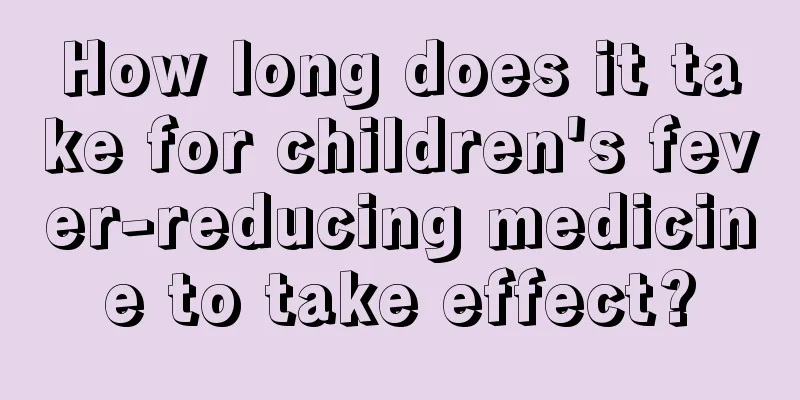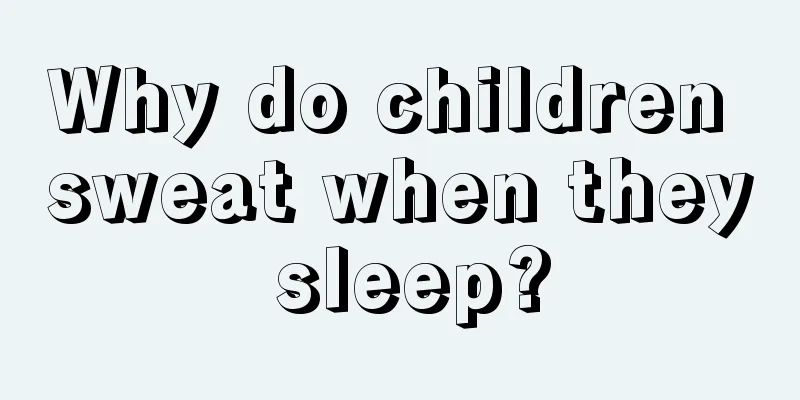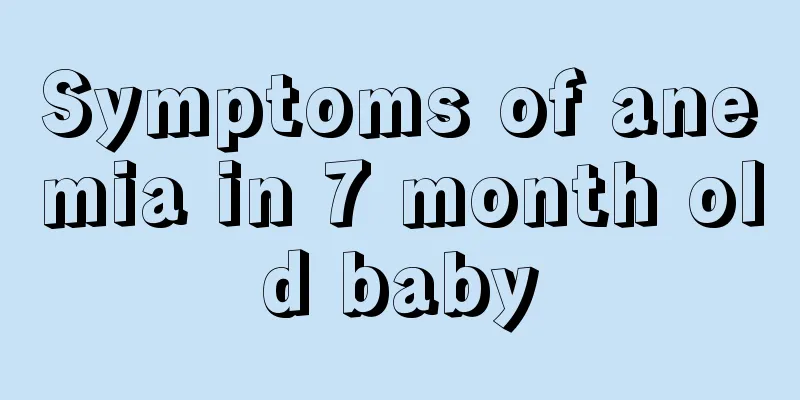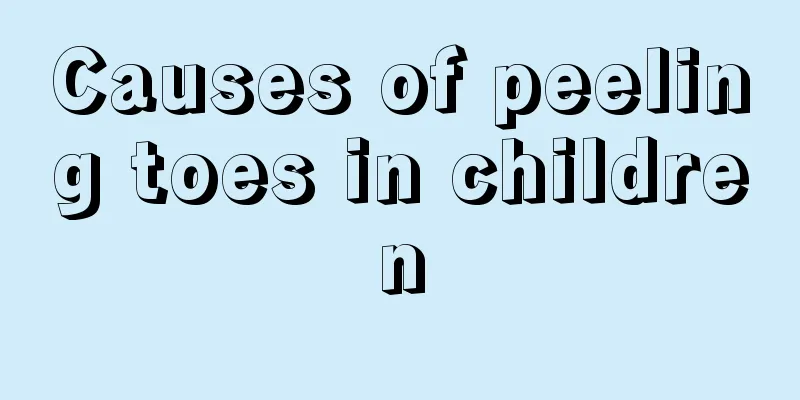How long does it take for children's fever-reducing medicine to take effect?

|
Under normal circumstances, when people have a fever, their first reaction is nausea and vomiting, which may even cause many problems and complications. These are all worthy of attention. If everyone keeps worrying about it, or does not understand the condition and uses treatment methods indiscriminately, not only will the effect be poor, it may even cause a lot of unnecessary trouble. How long does it take for children to take antipyretic drugs? It still depends on what method is used to treat it. What should I do if my baby has a fever? Body temperature itself is not the real most critical method to observe childhood illness. For adults, the level of body temperature usually reflects the severity of the illness. This is not the case with children, as their bodies' temperature control is not yet perfect. Some children have a fever of up to 40°C when they are infected with mild diseases, but only 38.3°C when they are infected with more serious diseases. When a child has a fever, parents should observe his complexion, expression and actions. A child with a temperature of 100.5°C but a pale, unnaturally quiet complexion may be sicker than a child with a temperature of 100.5°C but still running around the house making a fuss. If a child with a fever shows the following symptoms, see a doctor regardless of the temperature. 1. Crying non-stop, no matter who comforts you, it is useless 2. It is difficult to wake up. 3. If someone tries to touch or move the child, he will cry. 4. The neck is stiff and inflexible. 5. Uncontrollable twitching or spasms in the arms, thighs, or other parts of the body. 6. Confusion and strange behavior (seeing or hearing things that are not there, saying strange things or behaving abnormally). 7. There are noises when breathing. 8. Unable to swallow any food and drooling constantly. 9. Purple spots appear on the skin. 10. Skin color is grayish white or dark blue. 11. The pulse is weak but fast and rapid (a child under 1 year old has a pulse of more than 160 beats per minute; a child over 1 year old has a pulse of more than 120 beats per minute). 12. Burning or pain when urinating. 13. There is blood in the stool during diarrhea. What method can reduce fever quickly? How can parents reduce fever for their baby at home before taking them to see a doctor? Sanyuan experts suggest that as a parent, the correct way to reduce fever should be: 1. Maintain good air circulation in your home: If your home has air conditioning, maintain the room temperature between 25-27℃. You can place the child in an air-conditioned room or blow an electric fan around him to slowly lower his body temperature, which will make the child feel more comfortable. But if the limbs are cold and the patient is shivering, it means that the patient needs to be warmed up, so a blanket should be added to cover the patient. 2. Take off excess clothing : If your baby's limbs, hands and feet are warm and he is sweating all over, it means he needs to dissipate heat and he can wear less clothes. 3. Warm water bath: Undress the baby and rub the whole body with warm water (37°C) and a towel. This will dilate the blood vessels in the baby's skin and release body heat. In addition, when water vapor evaporates from the body surface, it will also absorb body heat. 4. Use a cooling patch: It helps to dissipate heat, but it is not recommended for younger children because it is difficult for them to turn their bodies and the ice pillow can easily cause local overcooling or hypothermia. You can also use a cooling patch. When the water in the gelatinous substance of the cooling patch evaporates, it can take away the heat and will not cause excessive cooling. 5. Drink plenty of water: To help sweating and prevent dehydration. Water has the function of regulating temperature, which can lower body temperature and replenish water lost in the baby's body. 6. Use antipyretics: When the core temperature (rectal temperature or ear temperature) of an infant or young child exceeds 38.5℃, antipyretic solutions or suppositories can be used appropriately. |
<<: How many days does the baby usually have diarrhea after the fever subsides?
>>: What should I do if my child takes antipyretics without a fever?
Recommend
How to treat baby's cough after fever subsides
Usually in autumn and winter, babies are particul...
Symptoms of heart failure in infants
Infant heart failure is a disease that children a...
Why is my child short of breath?
Children are the core of a family. They are raise...
What are the reasons for red foreskin in children?
When a boy is born, if the foreskin is relatively...
How to solve the problem of phlegm in children’s throat?
Some mothers find that their babies make a whirri...
What should children eat to be nutritious?
As parents, we always worry about the nutritional...
Four-month-old baby food recipes
Four months is a critical period for babies, and ...
What is the best medicine for children's dermatitis?
Dermatitis is not a disease, but a general term f...
Reasons for a child's stomach rumbling
When a child's stomach growls, many parents a...
What is the effective treatment for urticaria in children?
Childhood urticaria is a disease that can cause g...
What should I do if my child has nasal mucus?
We may have seen some friends with boogers in the...
There are white spots in the mouth and red spots on the feet. What disease is it?
The most common cause of white spots in the mouth...
What causes early teething in babies?
The baby is the apple of the parents' eyes, a...
Children's over-flowering is a symptom
In general, roseola infantum is the first time a ...
What is the method to remove freckles in children?
Children are the hope of their parents. Every par...









